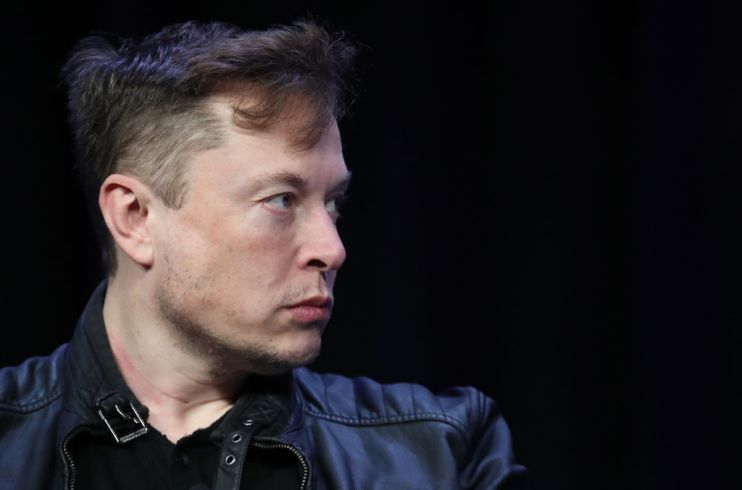Explainer: Elon Musk is tearing Twitter apart bit by bit
Elon Musk might have already switched the beloved Twitter bird for his X logo online, but it’s proving a bit harder in real life. Yesterday, police stopped workers who were removing the Twitter sign from the headquarters company in San Francisco. Apparently, Musk had forgotten to notify security or the building owner of his plans.
Changing the name of a company means changing its brand completely – and Musk has made very clear this is what he intends to do with what once was Twitter. The renaming is just the last – and perhaps most controversial – of a string of changes implemented by Musk to redefine the platform. He started with staff cuts and continued restoring banned accounts and modifying how content moderation works.
From here, it is not completely clear where the platform will go. Musk wants it to become a “super app” similar to WeChat in China, where you can message people, exchange information, but also buy goods and services.
Yet advertisers have not liked Musk’s erratic behaviour when it comes to the app, and will be even less attracted to the internet brand now that it has lost its iconic logo and name. Earlier this month Musk admitted a nearly 50 per cent drop in advertising revenue.
Twitter will not look one bit the same in the future, as Musk seems to want to change its aim and meaning altogether. “Soon we shall bid adieu to the twitter brand, and gradually, all the birds”, Musk tweeted over the weekend.
As part of the Twitter rebrand, Musk is also heavily investing in AI. X’s CEO Linda Yaccarino previously said the “super app” will be powered by artificial intelligence and “connect us all in ways we’re just beginning to imagine”.
In the meantime, the fight between Musk and Meta’s Mark Zuckerberg has reached a new high with the launch of Threads, a sort of Twitter copy tied to Instagram.
Some have hailed it as the final alternative to Twitter, but despite the high numbers of users who created a profile when the app was launched twenty days ago, engagement has dropped extensively. According to Quiver Quantitative, there are now around 118m users on Threads.
